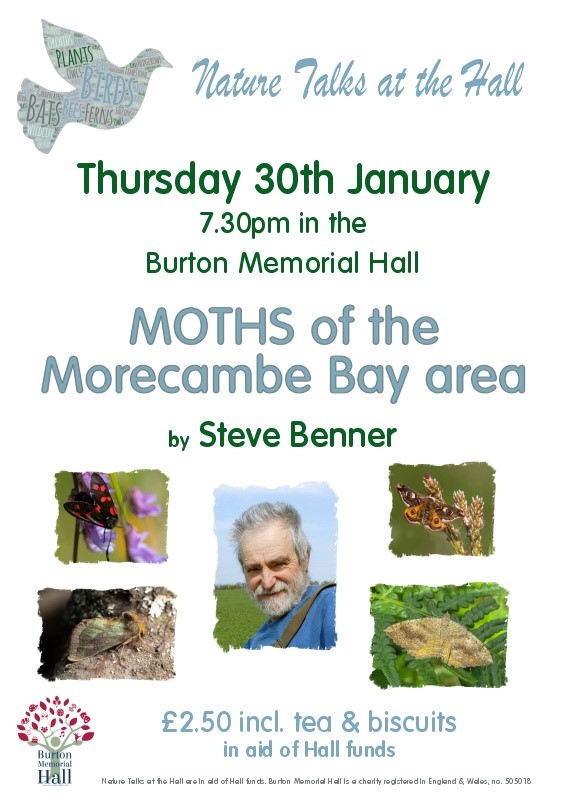Sunday 9th July 2017
| Specimen 55 (Lempet) on 8th July 2017 (Click over to enlarge) |
“LEMPET” (9th July 2017)
I first became aware of Lempet (Lemon-Petalled) Epipactis Atrorubens plants somewhere around 2013 although I am sure they would have been around much earlier.
For ease of recording and recognition, I started to call them “Lemon-Petalled” or Lempet for short.
Back in 2014 I first found a “Lutescens” variety of Atrorubens which was about 10” high and was fairly striking because of its red sepals and yellow petals and furthermore it had (and still as in 2017) white epichiles and white bosses.
The Lutescens specimen was only the second found on English soil, the first a specimen found further up yet still in Cumbria, the finder was Alan Gendle, and the only other one on record was a specimen found on the Burren in Ireland.
Since then I have been looking out for further “Lutescens”, but it’s all become far more complicated. I was finding further specimens which did look very much like “Lutescens” but did not have the white Epichile and boss.
Again back in 2014 I found a lovely specimen which I incorrectly at the time thought of it has a “Lutescens” although the specimen was at the onset 14” tall, but the following year (2015) when the plant came through again it was very strong in contrasting red sepals and yellow petals. That same specimen today is one of our “special” looking plants and named “Specimen No.55 (Lempet) and today it is 20” high and has 40 flowers. It usually comes to flower from 27th June.
This particular plant seemed to be the beginning of the “Lempet” generation and I did then start to see them coming up regular and more widespread. On the fell in question I have so far recorded about ten of which No.55 and No.66 still remain the most striking contrasting plant and the others are at varying stages of depth of contrast. Also I do usually have Specimen 66 which again is lemon-petalled but this time it is on a green stem which in itself could lean towards possible hybrid, sadly this year it was just to come to fruition when I went one day and it was keeled over. The reason I believe was the rust disease it managed to pick up which did eventually destroy the root stock. I do have photos of the plant from a couple of years ago:
| Specimen 66 (Lempet) - note green stem |
Also of interest I have found these Lempets on other limestone pavements on Hutton Roof. Additionally I have also been informed by others that they have also been recorded in the past two years over in Middlebarrow Quarry and in other parts of the Lythe Valley as well. So the “Lempet” situation is probably more widespread than we first thought.
| Specimen 55 (Lempet) |

.jpg)
.jpg)




.jpg)




+(Small).jpg)
.JPG)




















